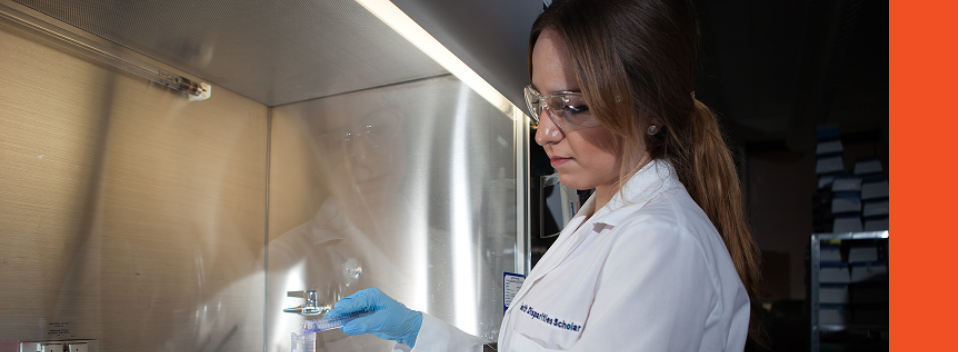
Health & Biomedical Sciences Faculty Publications and Presentations
Document Type
Article
Publication Date
12-2014
Abstract
Peripheral Quantitative Computed Tomography (pQCT) can be used for muscle and fat area and density assessments. These may independently influence muscle and fat mass measurements from Dual Energy X-ray Absorptiometry (DXA).
Objective: To determine associations between pQCT-derived soft tissue density and area measures and DXA-derived soft tissue mass.
Methods: Linear regression models were developed based on BMI and calf fat and muscle cross-sectional area (FCSA and MCSA) and density measured by pQCT in healthy women (n=76) and men (n=82) aged 20-59 years. Independent variables for these models were leg and total bone-free lean mass (BFLM) and fat mass (FM) measured by DXA.
Results: Sex differences (p
Recommended Citation
Sherk, V. D., Thiebaud, R. S., Chen, Z., Karabulut, M., Kim, S. J., & Bemben, D. A. (2014). Associations between pQCT-based fat and muscle area and density and DXA-based total and leg soft tissue mass in healthy women and men. Journal of musculoskeletal & neuronal interactions, 14(4), 411–417.
First Page
411
Last Page
417
Publication Title
Journal of musculoskeletal & neuronal interactions
Included in
Analytical, Diagnostic and Therapeutic Techniques and Equipment Commons, Kinesiology Commons


Comments
PMC Copyright notice